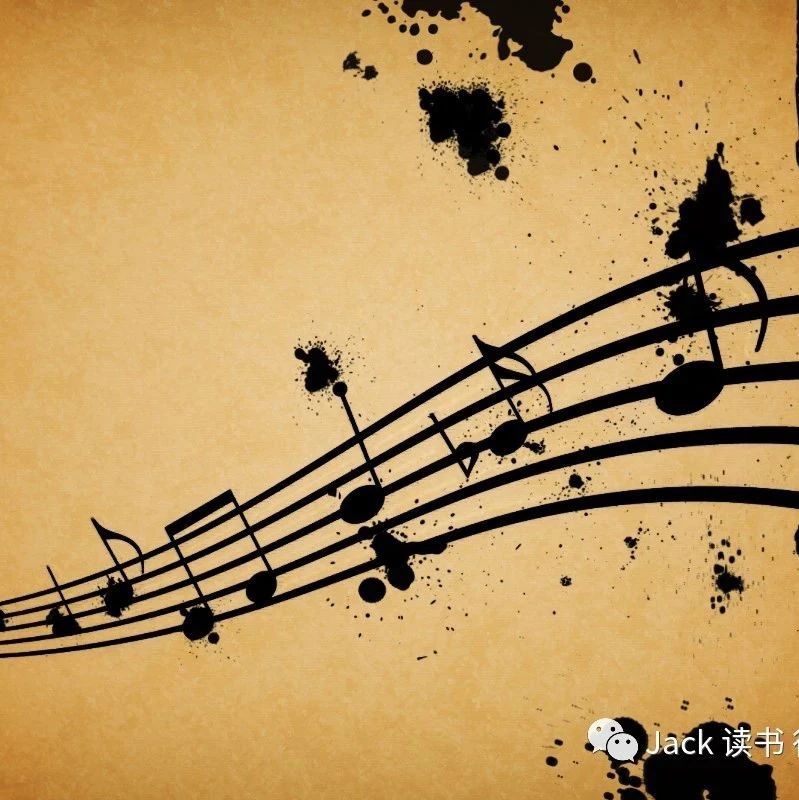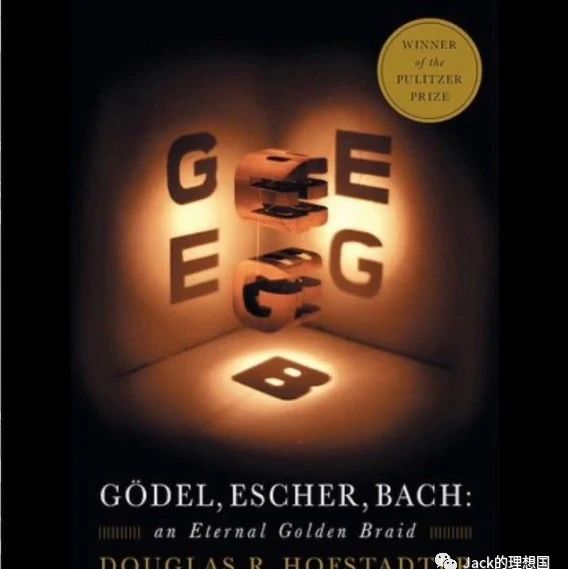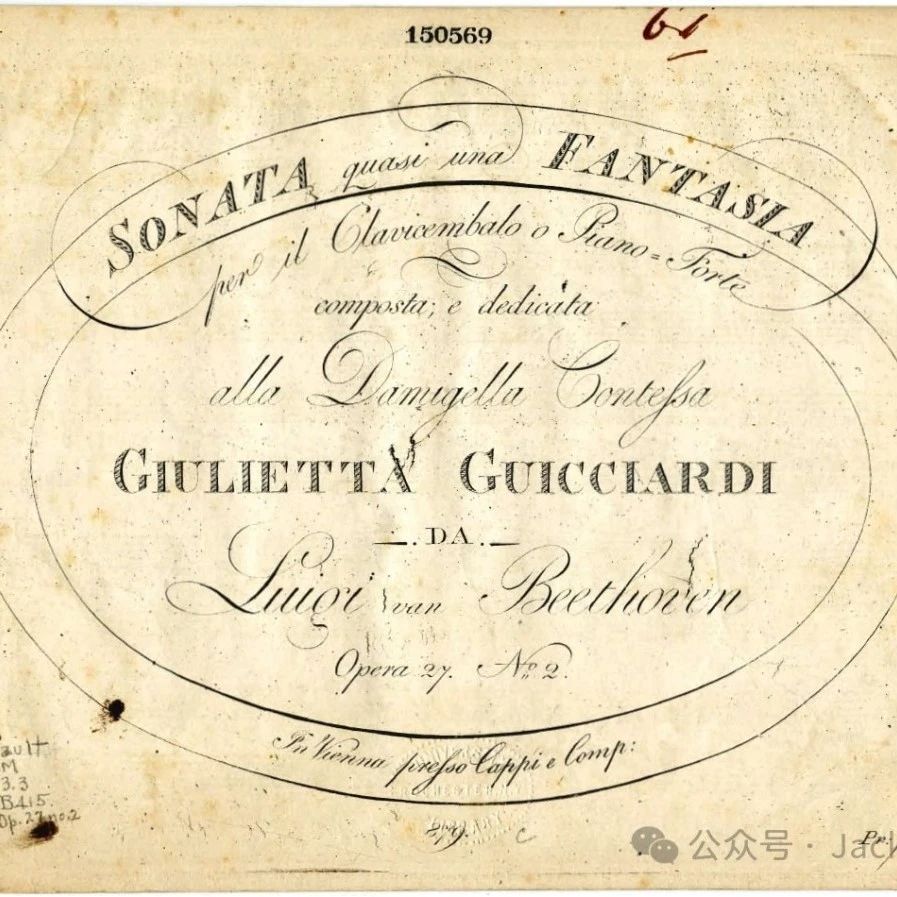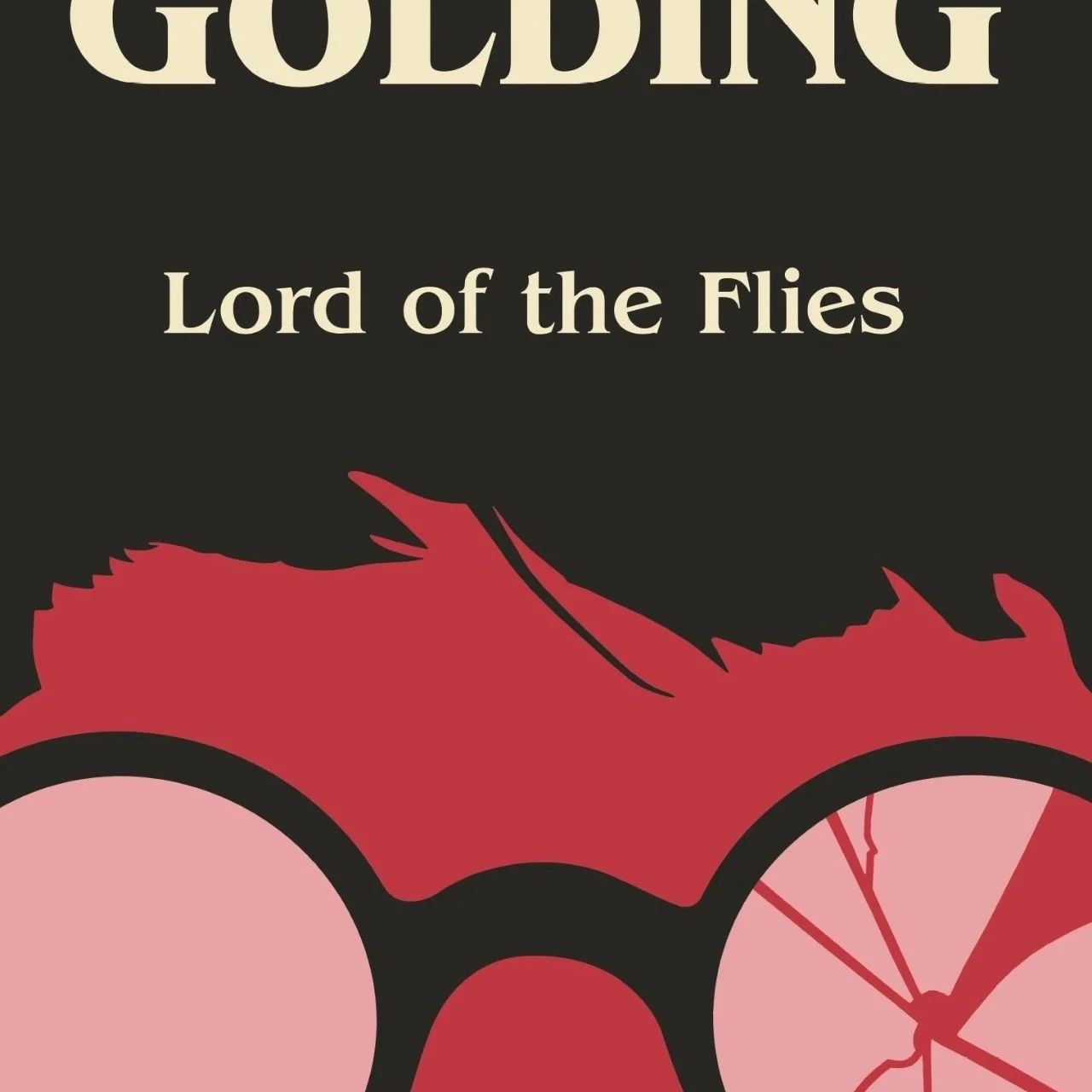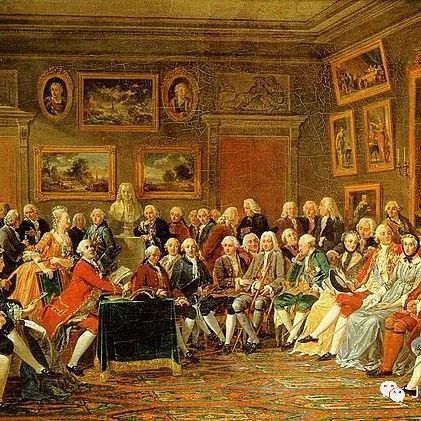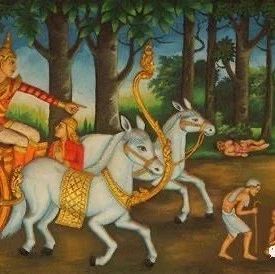"The Vltava" by Bedrich Smetana 贝德里希·斯梅塔那《沃尔塔瓦河》
Imagine that you are somewhere deep in the Bohemian Forest. Under your feet, a clear and cool stream trickles through and between the trees. Above the trees, the sky is crystal blue, and some birds are chirping. Driven by the force of nature, you start to follow the stream as it meanders through the forest. Gradually, the trees turn less dense. You look around, there are more such streams flowing forward as the sunshine gets stronger. You are surrounded. You become more excited by this sight, and you quicken your pace. Suddenly, the trees give away. In front of you, the streams converge, stirring up vortexes that splash on you. You glimpse towards the horizon. A magnificent river unfolds ahead. There are clouds above, a cool wind is blowing. The refreshing smell of nature is everywhere, they rush into all of your senses……
These are the sights the first part of The Vltava by the Czech composer Bedrich Smetana gives you. The Vltava is a symphonic poem that is from the series From My Fatherland. This piece of music can be roughly dissected into four parts. The first part tells the story of how the Vltava, the mother river for the Czechs, originates from the forests in Northern Bohemia as tributary streams and how they majestically converge together to form the Vltava. In this part, Smetana subtly and surreally portrays the Vltava in front of our eyes by using a bright and quick tempo to mimic the rhythm of the river and to use a curved melody to mimic the natural flow of it. The theme of the music is like a wave, rising and ebbing gracefully, placid but wide. But within this placidity and width, we could also perceive something deeper and richer. We could feel Smetana’s genuine awe of the river, we could feel his passion and fierce love for it.
You continue your journey down the Vltava. The forests become less dense and the clouds grow thinner. Before you, a small idyllic village rolls out. Herds of cow and sheep graze on the pastures by the water. You turn around the corner, and you suddenly hear bright, light music. You see many couples dancing the Polka alongside the river, a dance party is happening. They sing, they dance, passionately and tirelessly; they believe that hope is everywhere in the lands of Bohemia.
In the second part of the music, Smetana wrote a Polka dance theme. There are two beats in a measure here, and the tempo is still very brisk. We could perceive the river is flowing through a village because of the rhythmic dance theme and the light melody. From the melody, it is not hard to sense the Bohemians’ natural, plain, and merry national characteristics. They have nature carved into their hearts. They enjoy life, enjoy nature, and enjoy the cradle of their culture, the Vltava.
You pass through the village. Nighttime is coming. The moon emerges in the sky. By now, the river begins to widen again as you enter the forests. Under the moonshine, the river has an incalculable number of colors, be it bright blue, dark blue, dark green, or light green. You can catch the hooting of owls, the rustling of trees. It is like going into a real-life impressionist painting, unexplainably serene and beautiful.
In this third part, Smetana describes the river during nighttime under the moonshine. The tempo slows down considerably, the pristine sound of harps gradually ripples through the melody, just like those of the river under the moonshine. The combination of the harp and the other string instruments almost makes the river appear mythical. It is in this mythical feeling that we look forward to the last and most majestic part of the entire piece.
Dawn arrives. Not far away, you can hear the faint tolling of a bell. The river picks up speed and noise again as the trees disappear. You take a glimpse ahead. The city of Prague lies in front. The river, in its vastest form, roars towards the city as the Sun rises. Splashes are spewed high into the air as the torrent switches between bright red and gold as the rising Sun shines down. Here, the river seems to inject new vitality and new passion into nature, which it carries as it enters the city in a final crash of momentum that is gathered from the very start.
The piece ends, alas, as described above, in a magnificent fashion. The tempo accelerates, the volume gets louder, and all of the instruments at the very end intertwine to present the Vltava in its grandest sense. The timpani in the background gives the final part its basic beats and the river its vastness. The strings and brass and all of the others play together to depict the roaring river. The entire piece ends in two long, sharp notes.
Overall, The Vltava is undoubtedly one of those pieces which you can recall after listening carefully. Music can not only replace a thousand words but also convey feelings that words cannot. In this symphonic poem, music has magical power. Without using data or numbers, it can picture the Vltava, with great details, in front of our eyes. By simply listening to the motif, we can draw the floating mist above, the sunshine reflected on the surface, the reflections on the green pastures, and the trees on the banks. Natural music can touch us in the most direct, most primitive way. What is more, music can also let us perceive love and strong, deep emotions. It is said that music about nature can soothe a heart. This is exactly what The Vltava can bring. When you listen, do not think of anything, just focus on the melodies and harmonies themselves, and let them rush you with a sensation that you have never felt before.
想象一下,在波希米亚森林的深处,在您的脚下,一条溪流在树林之间活泼的穿行,水波清澈。 树林的上方,天空湛蓝,鸟儿争鸣,您跟随着溪流蜿蜒穿越森林。渐渐地,树木变得不那么稠密了。您环顾四周,越来越多的溪流向前奔涌、流动, 您被包围了。 随着日照变得越来越强,您更加的兴奋,加快了脚步。 树木突然间散发开来,森林的尽头, 一条宏伟的河流向前延伸,汇入了远方的地平线。 远方的河面有云,凉风吹拂, 夹杂着土地和森林的清新气味扑面而来……
这些是捷克作曲家贝德里希·斯美塔那(Bedrich Smetana)在他的《沃尔塔瓦河》第一部分给我们展现出的情景和感受。 《尔塔瓦河》是一首交响诗,来自于斯美塔那《我的祖国》系列。 这首音乐可以大致分为四个部分。 第一部分讲述了起源于北波西米亚森林的沃尔塔瓦河(捷克人的母亲河)其支流如何雄伟地汇聚在一起形成沃尔塔瓦河的情景。 在开始的部分,斯美塔那通过使用单簧管和长笛奏出明亮而快速的节奏,模仿支流汇集的情景。接着弦乐队拉响了主题,音乐像汇集的洪流一样优雅地上升和下降,平静而宽广。但在这种平静和宽广中,我们似乎感受到了一种更深沉、更蓬勃的力量, 我们感觉到斯美塔那对这条哺育生命的母亲河的深深眷恋、自豪和敬畏。
沃尔塔瓦河继续在捷克的土地上奔涌。很快,森林消失了,云层变薄了,波涛不再汹涌,河流变得宁静。绿色田野上,一个田园诗般的小村庄出现了。 远处的牧场上牛儿和羊儿在水边悠然的吃草。 突然一首明亮轻快的乐曲响起来了,乡村舞会开始了。人们在河边跳着波尔卡这种传统的乡村舞蹈。他们歌唱、旋转,不知疲倦,他们相信,波希米亚土地上到处都充满着希望。
在音乐的第二部分中,斯美塔那以波尔卡舞曲作为主题。 这种民间舞曲有两个节拍,节奏非常明快。 由于其节奏的舞蹈主题和轻快的旋律,我们能感受到沃尔塔瓦河所哺育的波西米亚人民的那种自然、质朴、欢快的民族性格。 他们时刻把大自然铭刻在心中。 他们热爱土地,热爱生活,更热爱流淌在他们身边并哺育他们的沃尔塔瓦河。
夜幕降临,月亮升起。 流入茂密丛林深处的沃尔塔瓦河逐渐变的宽广。 在月光下,河流变换着莫测的纹理和颜色,亮蓝色、深蓝色、浅绿色、深绿色……。夜越来越静谧,偶尔传来猫头鹰的鸣叫,树木沙沙作响。 就像进入现实生活中的印象派绘画一样,沃尔塔瓦河展现了令人难以置信的宁静和美丽。
在第三部分中,斯美塔那描述了月光下的沃尔塔瓦河。 节奏逐渐减慢,原始的、质朴的竖琴的声音在旋律中轻柔起沃,就像月光下泛着粼粼波光的河水一样。 竖琴和其他弦乐器的结合几乎使这条河流听起来更具有神秘的神话气息。 正是在这种神话般的氛围中,我们期待着整个作品的最后的结局。
黎明到来。 在不远处,你会听到微弱的钟声。 树木突然消失,河流加速。 你可以清楚地看见前方的布拉格市。 随着太阳升起,这条河以其最宏伟的形式咆哮着向城市奔涌。 初升的太阳下,洪流在红色和金色之间变换,飞溅的水花高高地被抛起。这里,沃尔塔瓦河似乎被自然界注入了新的活力和磅礴的激情,它带着这种活力与激情流进了布拉格。
如上所述,这首曲子以一种宏伟的方式结束。结尾处,速度加快,音量变大,并且最末端的所有乐器都交织在一起,以最宏大的形式呈现了沃尔塔瓦河的壮阔。 背景中的定音鼓给了最后部分基本的节奏,弦乐和铜管以及所有其他乐器一起演奏以描绘咆哮奔涌的河流,最后整个作品以两个长长而尖锐的音符结束。
总体而言,《沃尔塔瓦河》无疑是你听过后就能铭记的作品。 音乐不仅可以代替一千个文字,而且可以传达出文字无法企及的情感。 在这首交响诗中,音乐中蕴含着无法解释的魔力。 它可以在不使用任何文字和数字的情况下,在我们的脑海中绘制出一条具体的、详尽的沃尔塔瓦河。 通过最直接地聆听,我们可以想象蜿蜒而雄伟的河流,可以想象上方漂浮的薄雾,可以想象河面泛起的微光,也可以想象绿树成荫的河岸。 大自然的音乐能以最直接的、原始的方式来触动我们。于此同时,音乐还能让我们感知到爱和情感。有人说,自然的音乐可以抚慰心灵,这正是沃尔塔瓦河所能带来的。 当你聆听时,什么也不要想,只是专注于旋律和和声本身,让它们以从未有过的感觉冲击你的心灵。
- 本文标签: 原创
- 本文链接: http://www.jack-utopia.cn//article/443
- 版权声明: 本文由Jack原创发布,转载请遵循《署名-非商业性使用-相同方式共享 4.0 国际 (CC BY-NC-SA 4.0)》许可协议授权
